Military camouflage: discover the latest models and their characteristics
Since ancient times, military camouflage has been used to protect and camouflage the soldiers on the battlefield. And today, this concept has been perfected to offer powerful protection against enemies. With highly specialized models and various characteristics, discover how military camouflage can blend perfectly into your environment or that of your armed forces.
What are the different types of military camouflage?
Armies around the world use military camouflage to hide their soldiers and equipment during operations. The different types of military camouflage include the Woodland model, the Marpat uniform, the beige and black desert outfit and the gray and green French version. The Woodland model is a common camouflage motif which has been used by the American army since the 1980s. It consists of a mixture of green and brown colors that agree with the texture of the wooded terrain. The Marpat uniform is a camouflage outfit specifically designed for the American army after the Gulf War in 1991. The Modify and Marked model is designed to blend into a variety of different terrestrial environments. Beige and black desert holding is often used by the British and American armed forces during operations deploying forces on arid field. Finally, the French version of green and gray camouflage has been specific to the French army since the Second World War.
How is military camouflage designed to blend into the environment thanks to a camouflage canvas?
Military camouflages are designed to blend into the environment in order to be less visible by the enemy. These uniforms are designed with patterns that have been specially adapted to the visual characteristics of natural or urban environments. For example, the Woodland model has tones of dark brown, light green and rust that blend well in a forest or rural landscape. Marpat uniforms include a thin coat of thin horizontal strips, which helps create a more complex texture instead of a homogeneous color, which allows better concealment.
What is the main function of the military camouflage used with a camouflage bag?
The main function of military camouflage is clear: hiding the soldiers, their weapons and their equipment from the enemy so that he cannot spot them or know where he is or where he is going. It can also be used to hide vehicles for greater discretion. Camouflaged uniforms can also give soldiers a feeling of cohesion and helps promote emotions such as the feeling of camaraderie.
What characteristics should a good military camouflage associated with a camouflage sail?
Good military camouflage must have specific characteristics for it to be effective. To be as effective as possible, military camouflage must be adapted to the environment and to the conditions that could occur during a mission for camouflage closest to reality you can opt for military camouflage nets. It must also be waterproof, breathable and capable of hiding in various lights. The materials used for military camouflages must be versatile and robust, capable of resisting difficult environmental conditions such as snow, sand and rain. Finally, good camouflage hold should be easy to maintain and clean.
How to adapt the military camouflage outfit to various environments noted the urban environment?
To adapt to various environments, it is important that the armies have a number of different models and patterns. In addition, it is also important that the armies invest in advanced technologies in order to design camouflages that can be personalized for each situation. For example, some armies have adopted technologies such as digital printers capable of applying a personalized pattern on an outfit or clothing. In this way, soldiers can adopt a diversified and adaptable look according to the circumstances.
There are several ways for soldiers to disguise themselves in order to avoid a meeting with hostile forces or to win the element of surprise on them. The least effective disguise is a false mustache. But among the most effective disguises is camouflage, the aim of which is to make soldiers and equipment less visible in the eyes of the enemy.
Traditionally, camouflage is a formulation of patterns and colors intended to make soldiers and equipment less visible in the eyes of the enemy. As you will understand by reading this article, modern military camouflage works as well because it is based on long -standing established scientific precepts. Indeed, science at this stage is old of several millennia, but it is only really over the past one hundred years that camouflage manufacturers have acquired an in -depth understanding of the laws of physics and physiology that allow the Remarkable range of camouflage patterns and colors now available for military forces around the world.
In a previous article, we addressed the different types of camouflage. In another article, we have addressed the differences between the reasons for camouflage for hunting and those intended for military use. In this article, we will focus on visual differences and properties inherent in patterns.
To summarize, camouflage is designed for a specific environment or task. We can still divide the effect zones into two subcategories, the first being visual, the other not visual.
Let us now examine the military camouflage (or the concealment technique, as we know it better today). This is not the camouflage you can wear in the civilian world as a hunter or as a person trying to be "tactical". But how is military camouflage "military"? And to what extent should be ingeniously different from civil camouflage to be effective in today's battlefields?
Camouflage methods by visual concealment.
What is military camouflage?
What are the military colors?
The most common military colors are green, khaki, gray, navy blue, camouflage and black. These colors are often used in military uniforms and equipment to blend into the decor and protect themselves from opponents. There are also specific colors used by certain military branches, such as blue for the air force and red for military fire units.
What is the name of military camouflage?
Military camouflage is a pattern of colors that allows soldiers to blend into their environment, in order to protect themselves from opponents. There are several types of camouflage, such as Woodland camouflage, deserted camouflage, jungle camouflage and urban camouflage. Each of these types of camouflage is designed to match a specific environment, to help soldiers effectively camouflage themselves. There are also digital camouflage or adaptive camouflages that adapt to different environments.
What is the color of the French army?
The traditional color of the French army is blue Horizon, which is used for soldiers' uniforms. This color is inspired by the outfit of French soldiers of the First World War, who was horizon blue. There are also uniforms of different colors for specific units such as infantry units and cavalry units that have blue uniforms, air force staff have blue-gray uniforms. There are also camouflage uniforms for specific missions.
The military often uses green uniforms to blend into their natural environment. Green is a common color in nature and is therefore used to camouflage itself in forests, jungles and wooded terrains. Green camouflage is known as Woodland camouflage, which is used to camouflage itself in forests and wooded areas. There are also other types of camouflage such as deserted camouflage, which is used to camouflage itself in deserts and arid areas and jungle camouflage for green and wooded environments.
What is the name of military camouflage?
There are several types of military camouflage, each with a specific name which depends on the environment in which it is used. The most common types include:
- Woodland camouflage, used to camouflage itself in forests and wooded areas.
- The deserted camouflage, used to camouflage itself in deserts and arid areas.
- Jungle camouflage, used to camouflage itself in green and wooded environments.
- Urban camouflage, used to camouflage itself in urban areas or built environments. There are also digital camouflage which are used by certain armies and which are characterized by pixel patterns which allow to blend into different environments.
What is the best military camouflage?
There is no absolute response as to the "best" military camouflage, because it depends on the environment in which it is used. Each type of camouflage has been designed to camouflage itself effectively in a specific environment.
For wooded and green environments, Woodland camouflage is considered one of the most effective, while for deserts and arid areas, deserted camouflage is often used. In urban environments, urban camouflage is often used.
There are also adaptive camouflages which can adapt to different environments and which are used by certain corps. It is important to note that camouflage does not guarantee total invisibility, it simply makes it possible to blend into the environment to reduce its visibility. The M81 Woodland allows almost a total concealment at a distance of 60 meters. The M81 Woodland is part of the camouflage used worldwide, especially by the US Army.
Who invented the camouflage pattern associated with military camouflage fabric?
Military camouflage was invented by artists and designers during the First World War. The artists and designers have been recruited by the armies to create camouflage patterns that would help soldiers to camouflage themselves effectively in their environment. The first forms of camouflage were generally based on patterns of color spots that imitate the natural environment. The artists and designers have continued to develop more sophisticated camouflage patterns over the years, using techniques such as the mixture of colors and the superposition of patterns to create more realistic designs. In particular the M81 Woodland which remains a reference in the field of camouflage. The US Army using it enormously, for example, have these camouflage fabrics for men. The US Army in the early 1980s decided to develop camouflage models with geometric shapes of different colors. Associated with a Ghillie outfit, the soldier can then easily avoid aerial recognition and go completely unnoticed.
It is important to note that the armies and military forces have also developed camouflies for their vehicles and equipment, it is difficult to quote a specific person or business that has invented military camouflage. Rather, it is a continuous process of evolution and improvement that was carried out by various artists, designers and military.
What camouflage for hunting?
How to paint a military camouflage usable for hunting and how to do effective military camouflage?
Military camouflage is any material or average that can be used by the armed forces to make more difficult or, ideally, impossible to be seen at a distance by an opposing armed force before or during a tactical operation.
Military camouflage is distinguished from others insofar as theaters and detection methods go from natural to artificial, thus going from conventional motifs to the Multispectral Saint Grail that we all dream of.
Where does camouflage come from?
The word camouflage is of French origin (the current word is camouflage) and the idea that it conveys is that of taking something visible and making it invisible by making it look like something other than it is really .
For example, let's say you have a armored vehicle parked near a grove of trees. With the right camouflage, you can make sure that the vehicle looks less like a vehicle than an element of the grove.
Oh, wait. When you ask "Where does camouflage come from?", You don't want to say etymologically. You mean industrially. Well, the type of camouflage made to be worn by the soldiers comes from textile factories and other raw material producers that make camouflaged fabrics sold in bolt to make -up like us. The patterns and camouflage colors are generally screen printing or sublimated on the fabric before the garment is sewn.
Deceive the enemy
Before continuing our discussion on military camouflage, we must clarify what camouflage really is.
Military camouflage has a code name, MILDEC (abbreviation of "military deception"), which means that it is not only a type of material or a piece of equipment, but also A strategy. In this case, the strategy we are talking about is that used to obtain advantages on a war theater (or several theaters).
Basically, camouflage is therefore all material designed to deceive the enemy's eyes and prevent it from seeing you, seeing your equipment or hiding places.
If you have to hide your position, camouflage is the ideal tool for this work.
If you have to go unnoticed just long enough to succeed in reaching an ambush to the enemy, again camouflage is the solution.
And if you have to escape the enemy without knowing that you are nearby, camouflage will help you reach the relative security of your own lines.
Military camouflage - Concamo
Useful both for attack and defense
In any offensive or defensive situation where you must visually deceive the enemy in order to achieve a particular objective, camouflage is absolutely essential. Camouflage adapted to the environment in which you operate can prevent the enemy from understanding what you do until it is too late to counter your movement.
In the past, the way in which troops, equipment and structures were hidden required the use of natural materials. For example, to hide an armored vehicle, you could drape it with branches of trees. To hide, you could attach to your solid olive -colored uniform strands of grass.
This is no longer the case. Today, camouflage elements are the fruit of advanced, painted, printed or woven technologies.
Science behind camouflage
Historical accounts of great military deceptions are legion. One of the best known is that of the Trojan horse. You remember (even if it happened centuries before your birth): ancient Greece was at war with the fortified city-state of Troy. For 10 years, the Greeks besieged Troy, easily defended, and were blocked each time.
Tired of this situation, the Greeks ended up developing a sneaky plan to penetrate the heavily fortified walls and overthrow the city. First step, the Greeks withdrew as if to say "we stop". Second step: the Greeks, who seemed to withdraw, left behind a giant wooden horse on wheels in honor of the heroic defenders of the city. The Trojans applauded when the "gift" was transported inside the city.
That night, once the city is asleep, the commandos opened the secret hatch integrated into the horse and slipped outside to stealthily head towards the Trojan gates. Once their objective has been reached, the commandos opened the doors to allow a phalanx of archers, tanks and Greek infantrymen to storm the city and conquer it (see the classic literary iliad and odyssey, written around 750 BC AD).
The Trojan Type deception is a concept addressed in the art of war by the Chinese military strategist Sun Tzu. He approved it with enthusiasm in the context of the means of ensuring victory despite the numerical inferiority of the enemy.
There are countless other examples of deception in military history. However, to come directly to the fact, deception has long been recognized as an effective way to overthrow the course of the battle.
Among the doctrines of deception adopted by the American army and its allies are three notable precepts.
The principle of Magruder
According to this axiom, it is generally easier to encourage a target to maintain a preexisting belief than to deceive it in order to make it change its belief.
The principle of Magruder was used for the first time during the Mincemeat operation, a British ploy aiming to hide the invasion of Sicily by the Allies in 1943.
Jones' dilemma
The dilemma of Jones stipulates that deception becomes more difficult as the number of information channels available to the target increases, but also that the higher the number of channels controlled, the more the probability that the deception is raw is large.
This was demonstrated during the "bodyguard" operation carried out before D -Day: the allies broadcast tons of misleading information to convince the Germans that the invasion of June 6, 1944 would not take place in Normandy, but far on the French coast.
Avoid windfall effects
According to the principle consisting in avoiding the effects of windfall, deceptive information is all the less likely to be raw as it is easy to obtain.
It's a bit like the combins to become quickly rich today, they are too beautiful to be true.
MILDECS today
You may be curious to find out which current operational millets are. The table below will give you an index.
By looking carefully at this painting, you will notice that there are two important dimensions of deception. This is the duration of the effect (indicated on the vertical axis) and the type of effort required to implement the method (indicated on the horizontal axis).
The most relevant questions for our discussion are those of concealment and camouflage. Are they different from each other? If so, in what?
The concealment consists in hiding goods (that is to say people, vehicles and equipment) using vegetation, tarpaulins and other means which prevent the detection of the distinctive forms of these goods.
Camouflage refers to the use of different shapes, materials, colors and lighting to prevent resource detection when they move. In addition, camouflage is officially considered as a MILDEC subset due to the emphasis on disappointment.
Camouflage and tactical clothing
When it comes to tactical clothing, the color and the motif of the selected camouflage must correspond to the environment in which the garment will be worn. If you cannot obtain correct correspondence, the performance will be almost certainly lower.
In the worst case, bad color and bad pattern can potentially make you more visible rather than less.
Ideally, if color and pattern are suitable for the environment, you should be able to position yourself at a short distance from your goal and most likely stay there, on the lookout or in surveillance, for several days without being detected.
Unfortunately, no camouflage never really corresponds to the environment of your operations theater. The places you are going through during a mission can vary in geometry and color composition, a little or a lot every half kilometers in some cases.
Thus, the camouflage which was effective at the start of the mission can become less effective as you advance in the environment. Of course, the reverse could just as easily be true, the camouflage gaining efficiency as you progress and accumulate the kilometers.
How does camouflage work
The basic principles of visual camouflage are as follows:
The resemblance to the environment
Disruptive coloring
Shadow elimination
Distraction
Self -decoration
Counter-shade
When you look closely at military camouflage, the first thing you will probably notice is its reason. The camouflage patterns are made up of colors and shapes with different sizes. They constitute the basic elements of concealment.
Human beings are wired to notice these elements, whether the motif is digital, pixelated, lizard, disruptor, universal or other. The underlying principles of camouflage take advantage of this wiring in order to obtain effective concealment.
It is also important to note that, in humans, the scope of visible light is relatively short compared to all the wavelengths of the electromagnetic spectrum. For humans, visible light occupies the narrow spectral band from approximately 0.4 to 0.7 micron. On the one hand of visible light is the invisible band of ultraviolets and on the other the equally invisible band of infrared (for the record, the heat produced by your body is a thermal radiation and it is also an invisible band, which is located in the 10 microns of the electromagnetic spectrum).
Here we mentioned the visual principles of the most common types of camouflage. A decomposition of multicam digital patterns can be found in this post. We also compared Multicam to Scorpion W2 here.
The human visible spectrum
Above: an illustration representing the electromagnetic spectrum. Image Source: Wikipedia.com
The basic principles of camouflage
Camouflage is based on three fundamental elements: environmental mimicry, color reproduction and interference of the eye-end signals.
Environmental mimicry
Let's say you are in front of a tree. To hide from an enemy looking to locate you, you can just get behind the tree. Although this prevents your enemy from detecting you, the problem is that you can no longer monitor the enemy as long as you stay in this position.
Conversely, the easiest way to keep an eye on the bad guys is to continue to stand in front of the tree. However, you will not be easily visible if the camouflage that you wear consists of forms of different sizes and shadows which, from afar, seem identical to those of the bark, branches and leaves of the tree. This is why environmental mimicry consists: the use of two -dimensional geometric objects arranged according to a specific scheme to imitate the three -dimensionality of the environment in which you evolve or evolve.
Color reproduction
It is not enough to imitate the forms of the environment. Camouflage must also faithfully reproduce the colors of the locality. For example, even if the shapes perfectly imitate those of a tree, it will have no importance if the tree is a mixture of brown, green and black but the predominant color of camouflage is fire. Therefore, it is vital that camouflage correctly reproduces the colors encountered on your operations theater.
Interference of the end-eye signals
When enemy eyes are looking for you, the images produced by these optical organs are transmitted to the brain where they undergo a process of interpretation. Without camouflage, the enemy's brain will easily recognize your distant silhouette as that of a human and not that of a tree, for example. Conversely, with camouflage, your body will not be easily recognized for what it is, because the brain is prevented from correctly interpreting the information transmitted by the eyes. However, the disturbance of the eye-end signal is more pronounced when environmental mimicry and color reproduction are optimized.
Military camouflage - Science
Camouflage methods
You can use camouflage to do three things mainly: disappear from sight, melt in your environment or make yourself pass for what you are not.
DISAPPEARANCE
There will be times when you will have to hide and avoid leaving even a suspicion of your presence. To achieve this, you must use concealment materials as much as possible other than those you wear in your uniform. For example, you can dig a large and deep hiding place, then fix on the lid that you make to cover it a set of herbs, leaves and twigs picked up in the immediate surroundings.
BLEND
A well -done camouflage can allow you to give the impression of being part of the environment, as do many birds and animals in their natural environment. Camouflage is particularly useful when your task is to observe the enemy from a fixed position (it is much easier to blend into the mass when it is motionless than when you move).
Conclusion
THE military camouflage plays a crucial role in the battlefield and its main function is clear: hiding the soldier from the enemy. As we have seen in this article, there are many different types of camouflages that can adapt to different environments. The armed forces must therefore constantly innovate and invest in advanced technologies to be able to adapt their camouflages to each situation and guarantee the security and optimal protection of soldiers during operations.


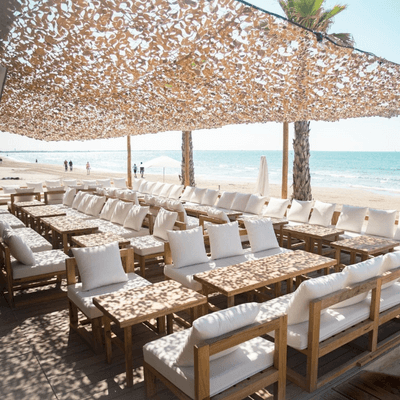
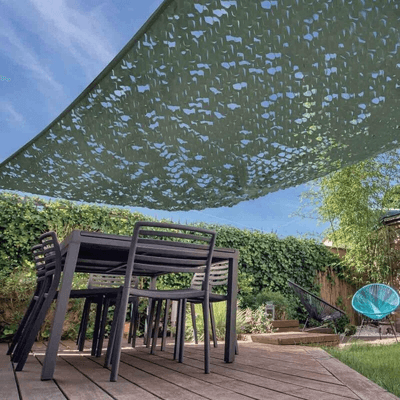
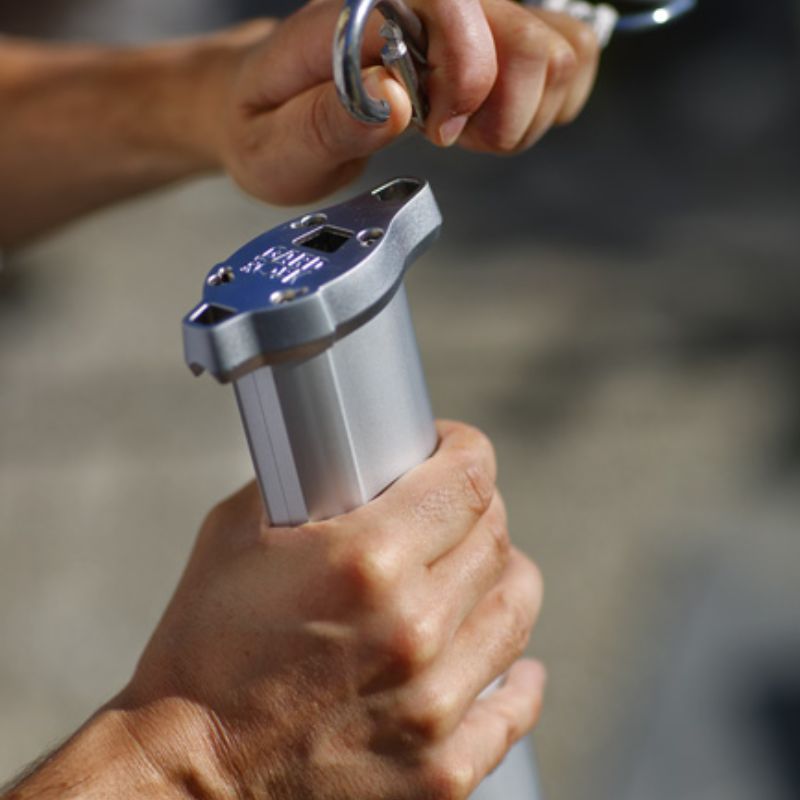
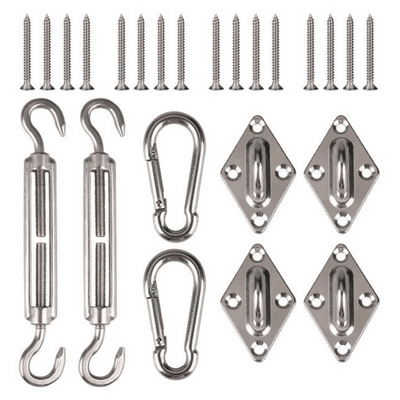
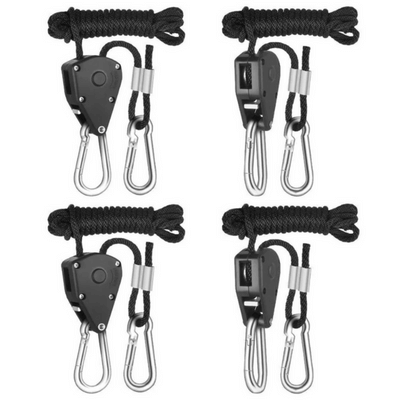

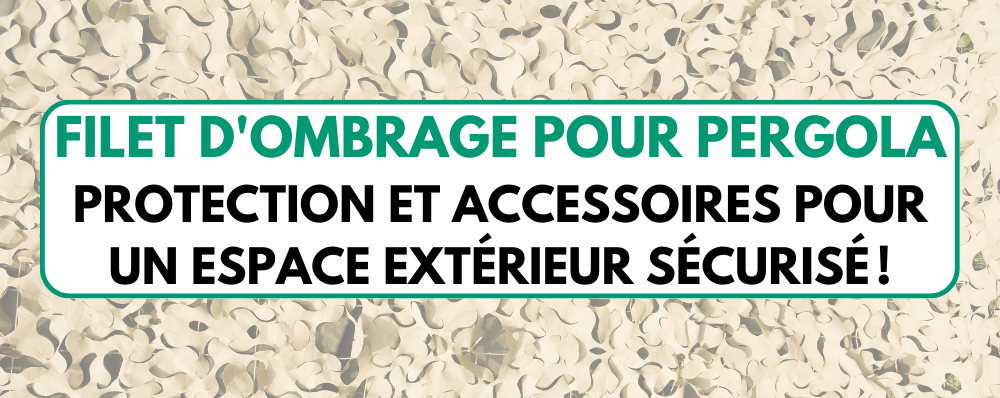
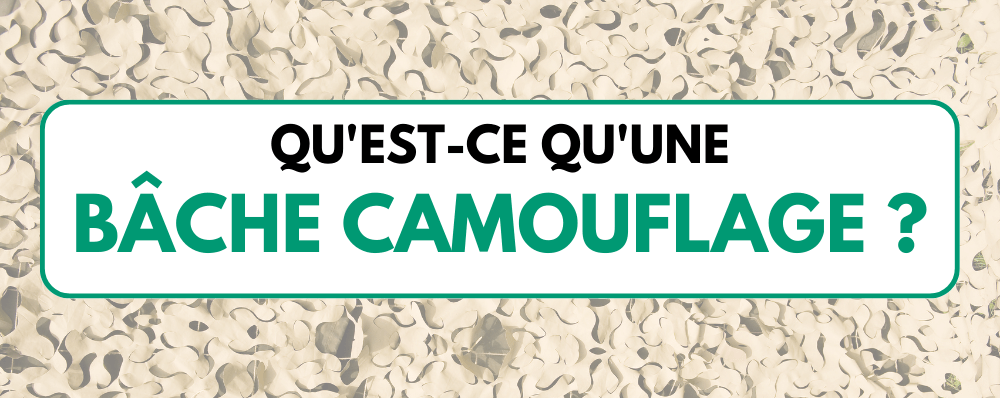
Let a comment
All comments are moderate before being published.
This site is protected by hCaptcha and the hCaptcha Privacy Policy and Terms of Service apply.